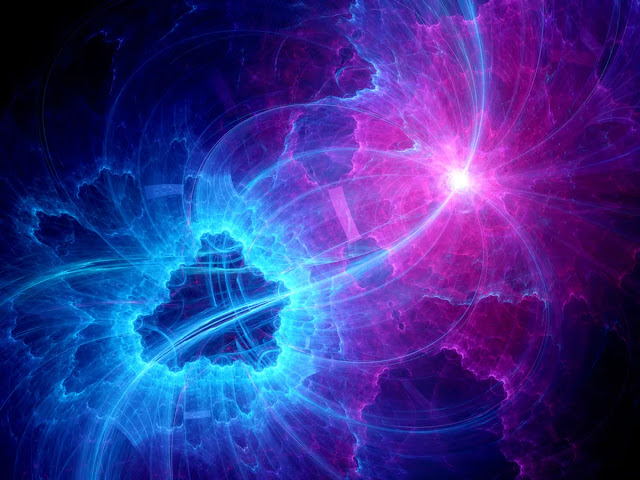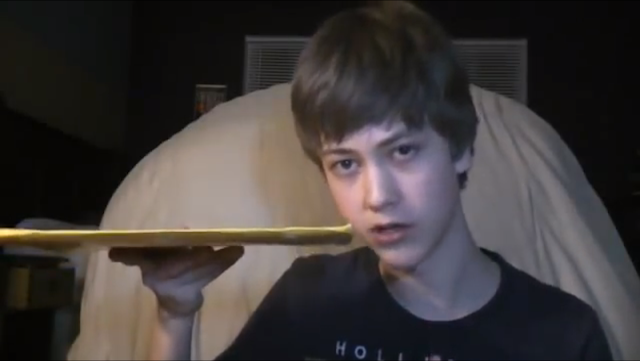For the first time, the rate of occurrence of tunneling, a rare but important quantum phenomenon, has been quantified empirically and shown to agree with theoretical calculations. Increased confidence in calculating the frequency of other tunneling events is made possible by the confirmation of one particular case, as the theoretical estimates in this field had been considered highly unclear.
Among the many situations where subatomic particles act in ways that are considered impossible by traditional physics is quantum tunneling. In this instance, an object caught in a manner that ordinarily calls for a specific quantity of energy to escape manages to break free from the trap even if its energy needs are lower. It is an outcome and evidence of the dual wave/particle nature of substances such as electrons, wherein a pure particle cannot always escape but occasionally a wave can. Quantum tunneling is necessary for phenomena like the alpha decay of atomic nuclei to take place.
Undergraduate courses establish computations based on elementary examples since tunneling is fundamental to quantum physics. However, real-world instances are far more complicated; it is one thing to know that tunneling will occasionally occur in a certain setting, but it is quite another to know how often. The interaction between a hydrogen molecule and a deuterium anion is measured for the first time by a team at Universität Innsbruck, and they find that it is the slowest reaction involving charged particles that have ever been detected in recent work.
A change from a molecule of two hydrogen atoms—protons without neutrons—to an atom made up of a proton and neutron orbited by two electrons occurs during the reaction (H2 + D− → H− + HD). Following tunneling, one of the molecule’s constituents has a neutron, but the detached atom—which is still negatively charged—has none. Despite the appearance of a neutron transfer, the event is thought to represent proton exchange.
Even while the chances of any one contact between hydrogen and deuterium are small, occurrences like this one, which does not require heavier atoms, happen quite frequently on a cosmic scale because hydrogen still makes up the majority of the universe. Furthermore, we must base our estimations on measurements of such simpler examples if we are to have any chance of simulating more intricate tunneling processes.
The Innsbruck group filled a trap with a mixture of hydrogen gas and deuterium ions that had been heated to 15 K by collisions and cooled to 10 K (-263°C/-441°F). This allowed them to measure the rate of occurrence experimentally. Although the transfer is theoretically impossible at these temperatures, the existence of negatively charged hydrogen ions after 15 minutes suggested it had occurred, albeit infrequently.



